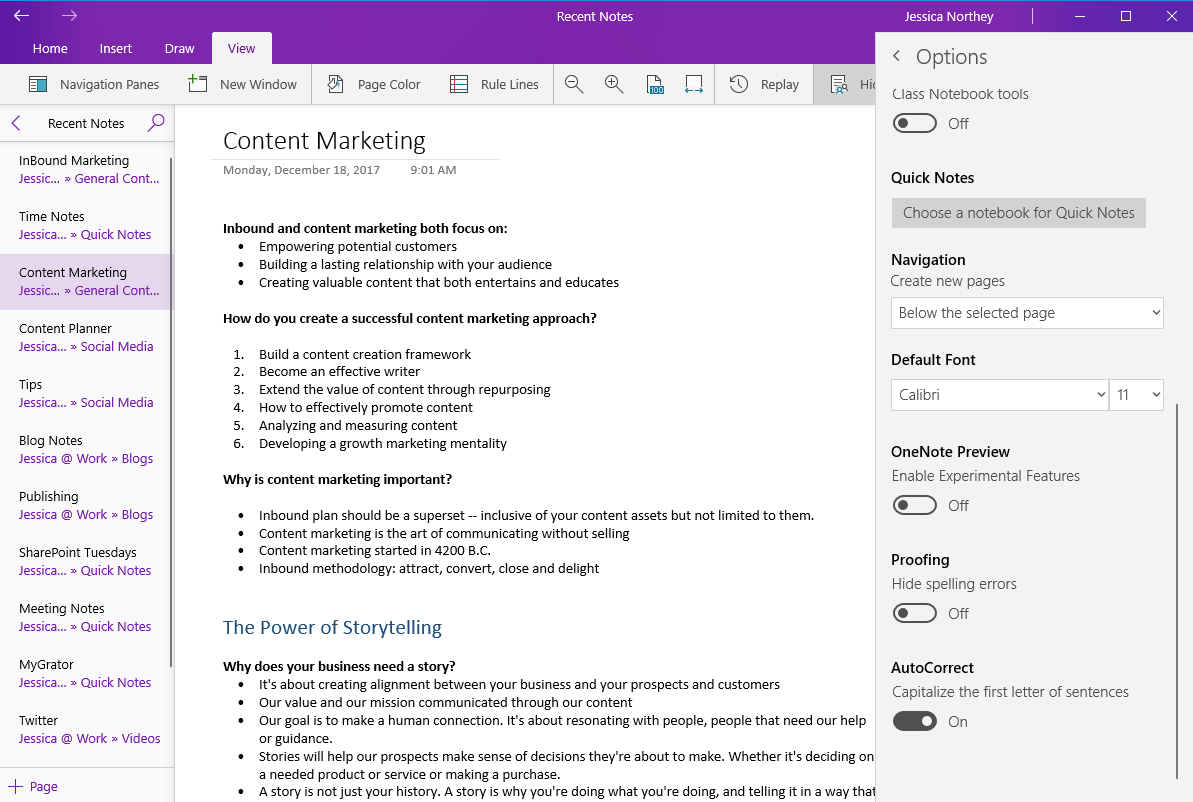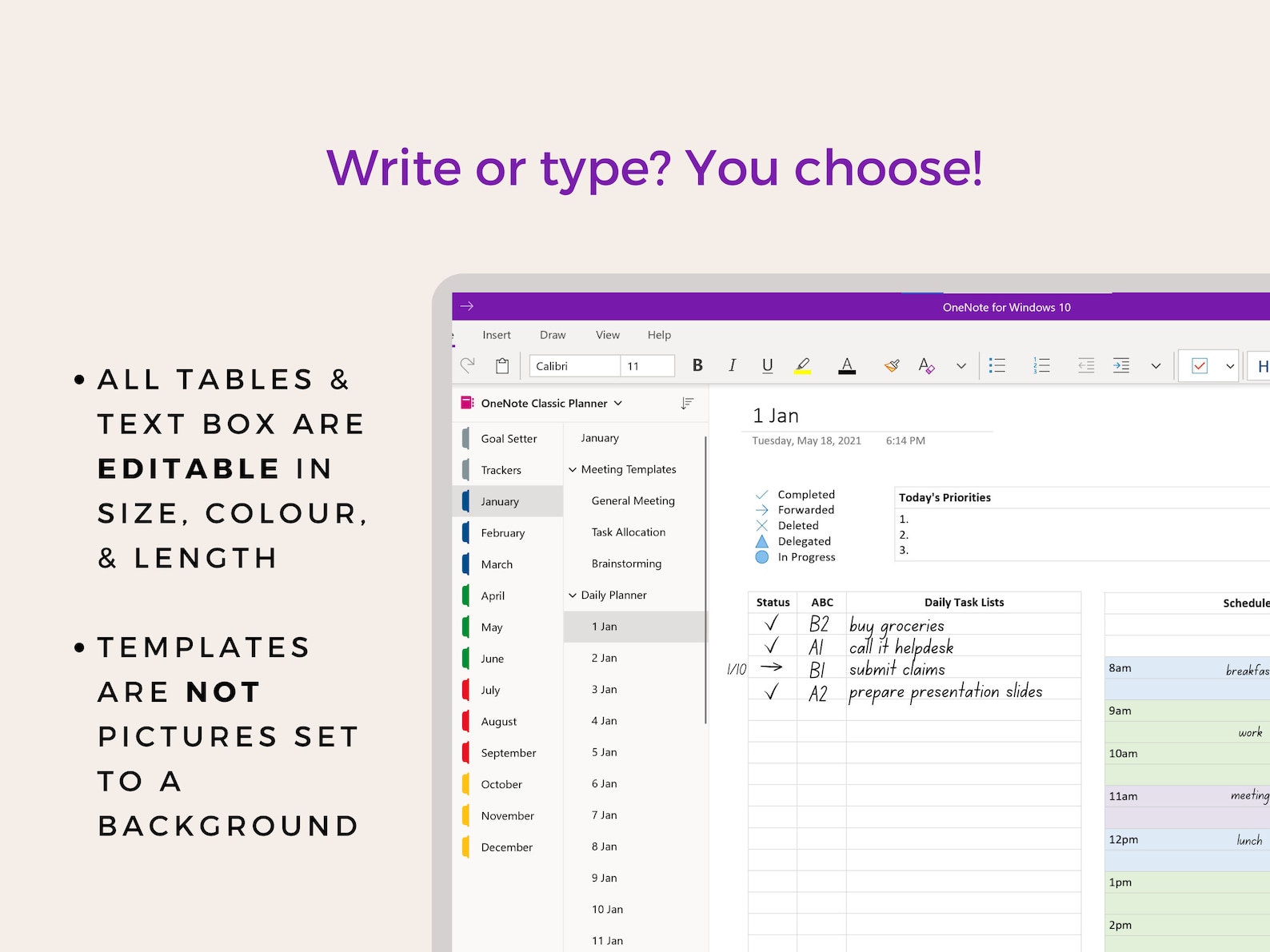

The Collaboration Space allows instructors and students to add, edit and view material. OneNote Classroom will set up a Notebook for each class with three default Sections: Collaboration Space, Content Library, and a Section for each individual student. If you can use Word or Excel and organize things in a way that makes sense to you, you can use OneNote. The learning curve for the software is low using standard Office commands (e.g., cut, paste, copy) and feels as natural as organizing a physical binder or file cabinet. As an instructor, I can arrange these primary features in any way I see fit, that is, in accordance with my vision for the course.

The program organizes information into “Notebooks.” Notebooks have “Sections,” which have individual “Tabs,” which hold “Pages” (and “Subpages”). In fact, this is another reason why I prefer OneNote to other systems. I offer here a brief overview of this program’s merits and functionality during this time of online transition.įirst, I should repeat that the best strategy for transitioning is not to overdo it keep your and your students’ learning curve manageable. As I began working with OneNote Classroom (a Microsoft Office program that all students and faculty can access and can integrate with Brightspace), I became impressed with its features and its suitability as a classroom management system as I continue to discover it features and benefits to instructors and students.

After exploring a few options for this, I settled on OneNote as the most natural and efficient program for students to submit their work in a way in which I could easily and effectively grade it. My strong desire to avoid such unpleasantness led me to seek a digital alternative: inking with a pad and stylus. Upon being called to teach my courses online, I cringed at the thought of being chained to a computer for hours on end as I slowly typed everything in Hindi, Urdu, and Sanskrit. Posted by Rhett Mcdaniel on Monday, Main Commentary, News.īy Elliott McCarter, Senior Lecturer in Hindi-Urdu, Asian Studies Program and 2019-2020 Junior Faculty Teaching Fellow at Vanderbilt University


 0 kommentar(er)
0 kommentar(er)
